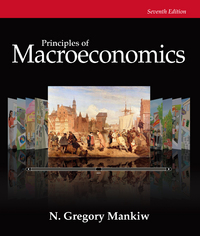Answered step by step
Verified Expert Solution
Question
1 Approved Answer
Human populations and cities are growing rapidly and are occupying ever-larger portions of the Earth's surface. Humans totaled at about 8 billion as of 2022,
Human populations and cities are growing rapidly and are occupying ever-larger portions of the Earth's surface. Humans totaled at about 8 billion as of 2022, up from around 2.5 billion in 1950, and will reach close to 10 billion by 2050, according to United Nations estimates [[ 1]]. Urban populations have also increased rapidly. In 1800, less than 2.5 percent of the world's population lived in cities of 20,000 or more [[ 2]], reaching less than a third of humanity in 1950, and doubling by more than two-thirds one century later [[ 3]]. This growth is most evident in mid-income countries (Figure 1, light and dark blue) and is accelerating in low-income countries (green triangles). To accommodate increases in urban populations, the land area devoted to cities has also been growing [[ 4]]. Just between 1970 and 2000, the global urban land area increased by 58,000 km2, greater than the terrestrial area of Denmark, with a further increase of 12,568,000 km2 possible by 2030, "with an estimate of 1,527,000 km2 more likely." [[ 6]]. Urban area measured slightly over 0.6 million km2, roughly 0.5 percent of the global land surface, in 2020 [[ 7]]. The urban footprint is predicted to
Step by Step Solution
There are 3 Steps involved in it
Step: 1

Get Instant Access to Expert-Tailored Solutions
See step-by-step solutions with expert insights and AI powered tools for academic success
Step: 2

Step: 3

Ace Your Homework with AI
Get the answers you need in no time with our AI-driven, step-by-step assistance
Get Started


